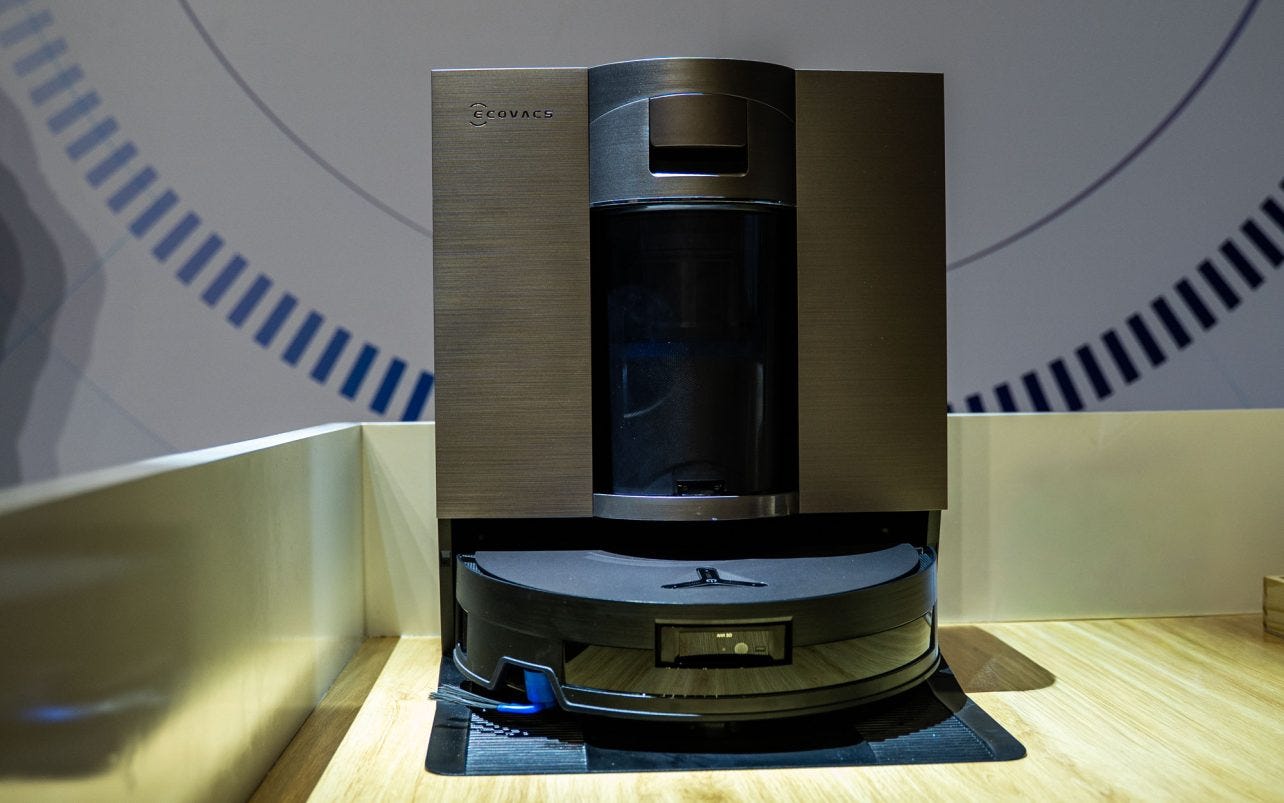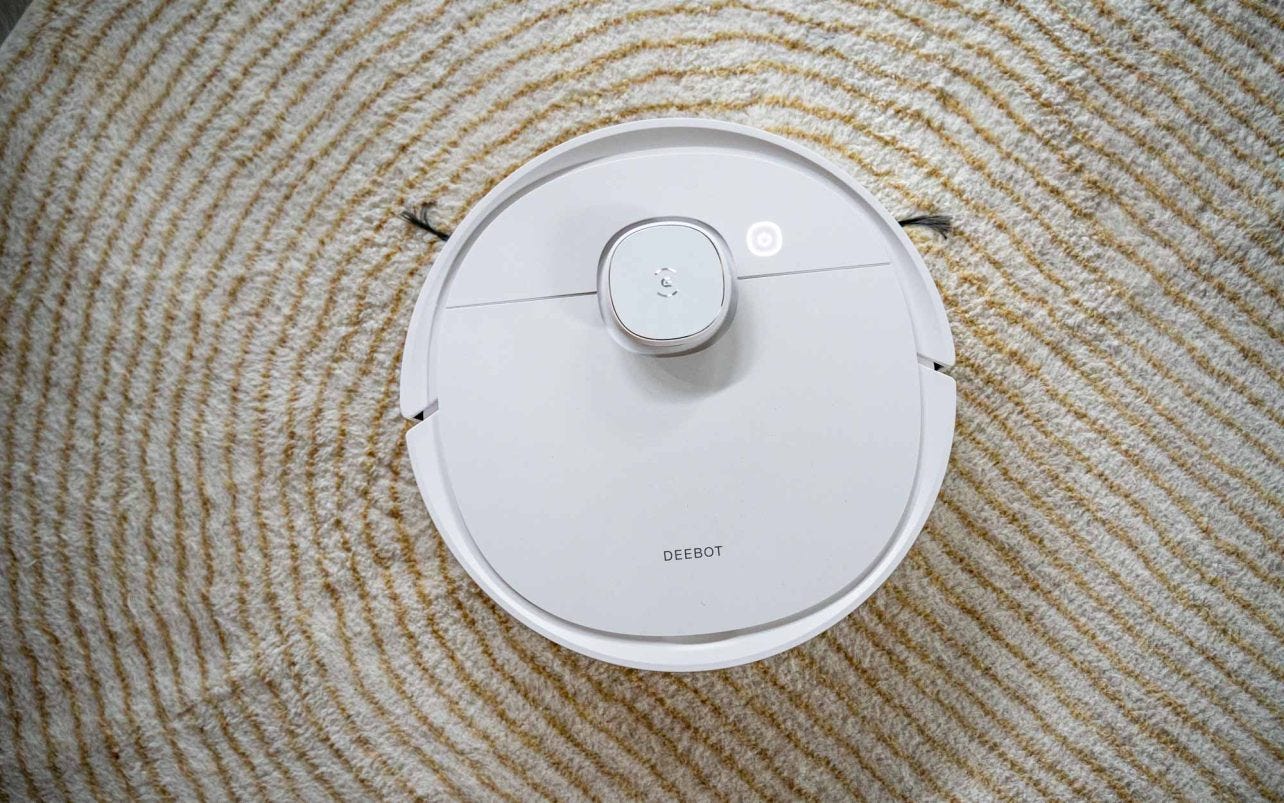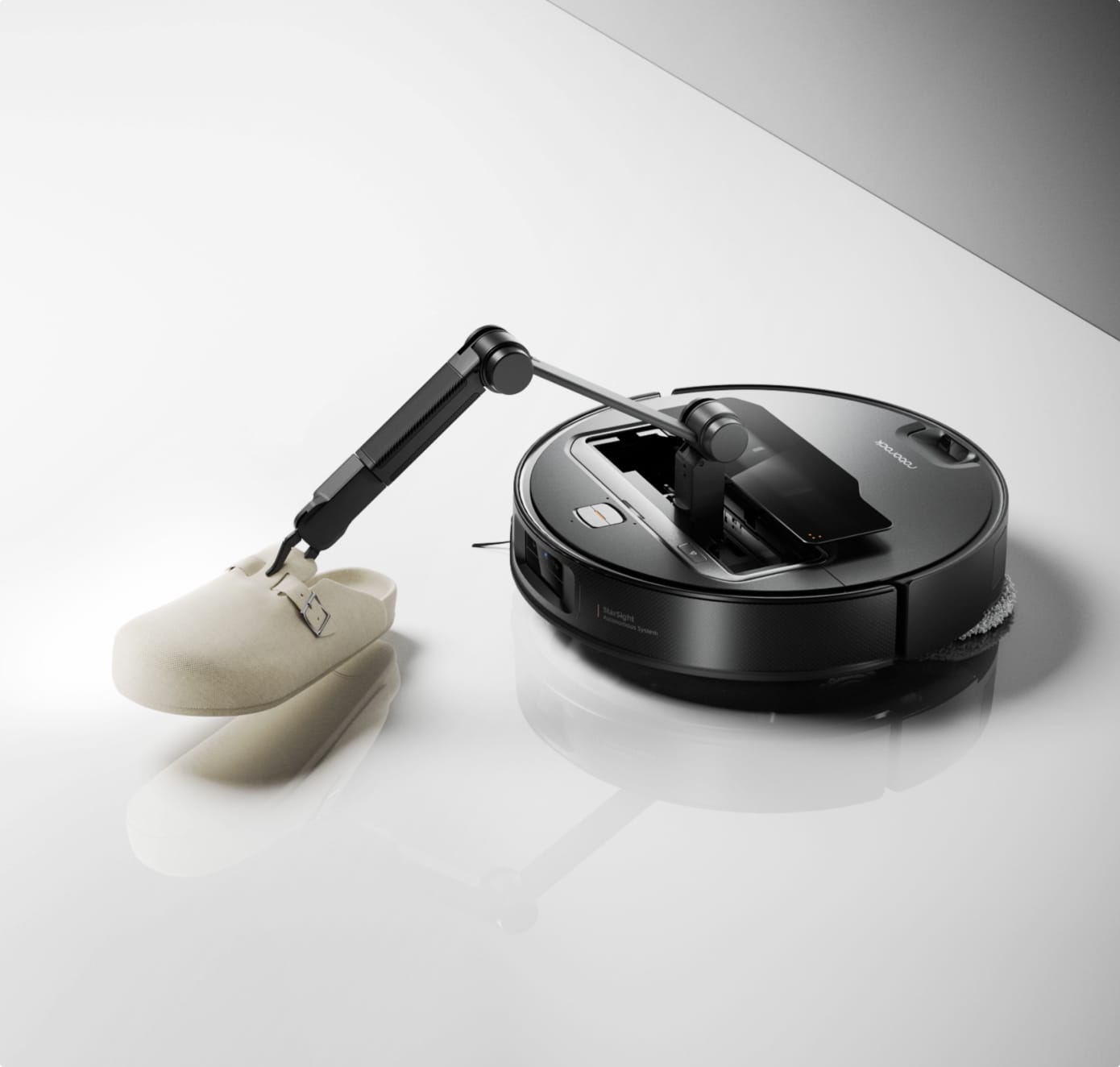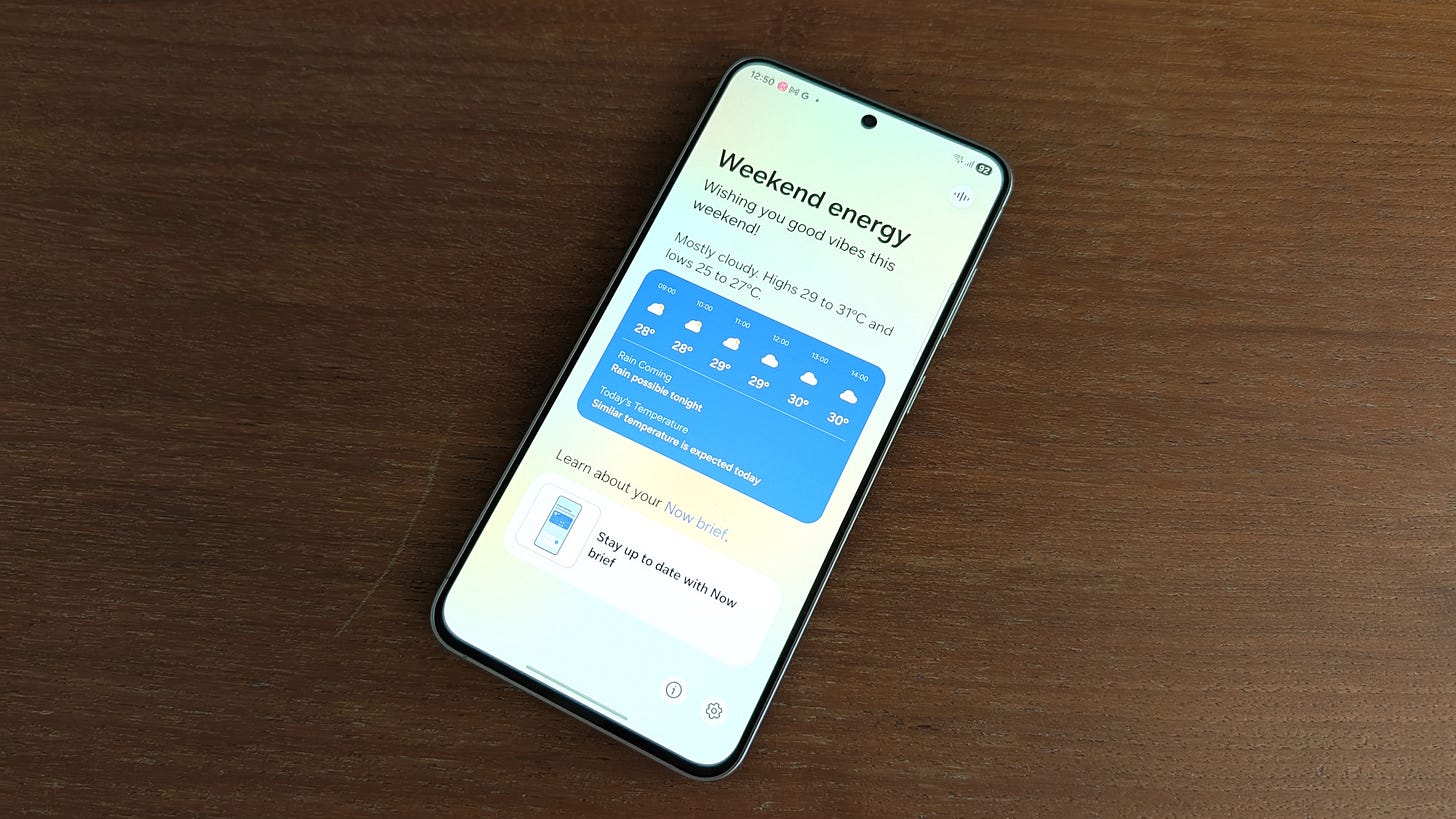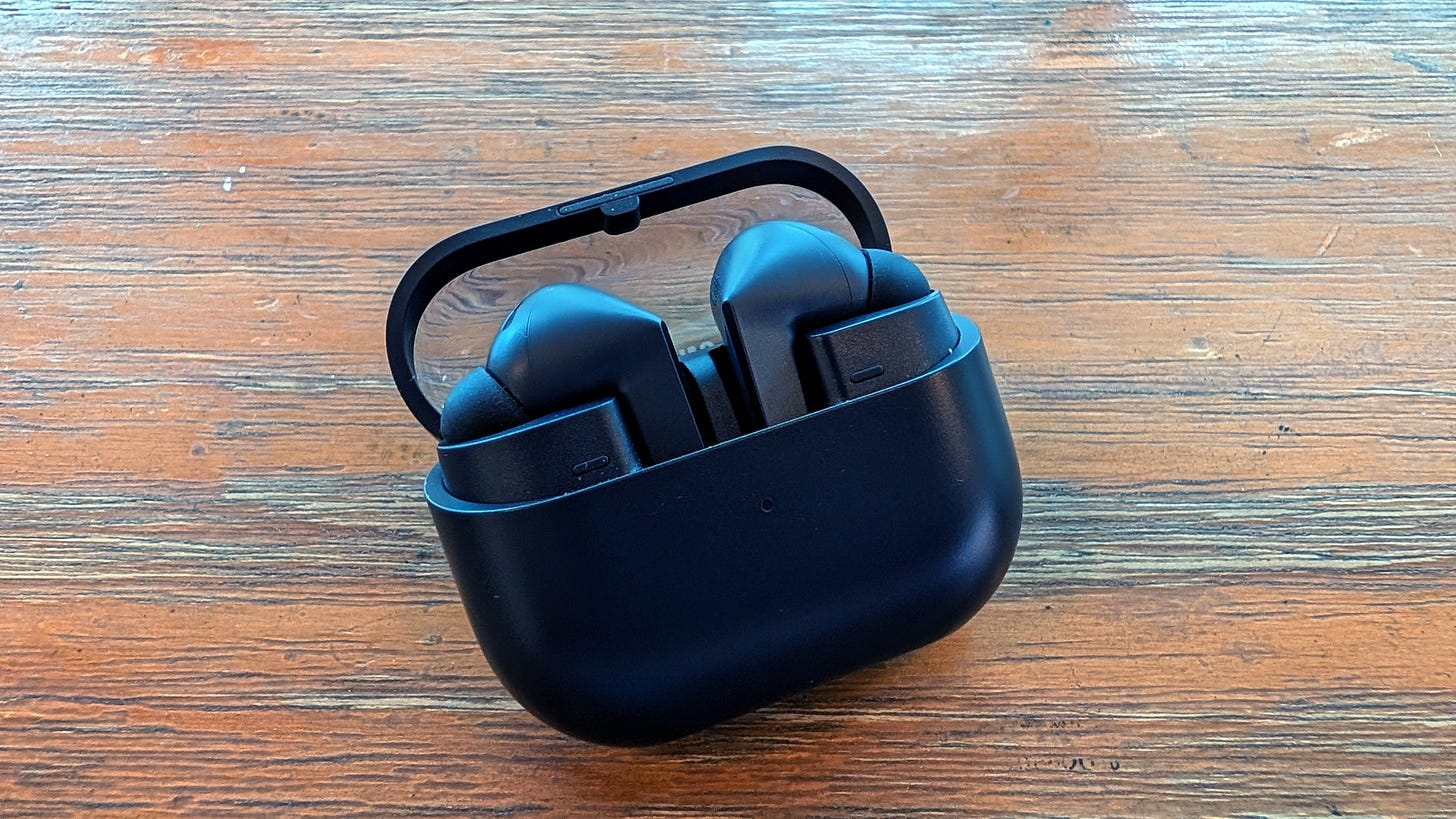The real robot vacuum meat is in the high-end
You get what you pay for
A question I get often is whether a cheaper robot vacuum is worth it.
The thing is, it really boils down to what you need, and how much extra work you want to put in to make sure it’s running well. When I got my first robot vacuum a long time ago, it was an expensive Neato that I had a friend help bring back from the US.
It was designed for pets, and featured a higher suction power to suck up all the cat fur. But that was about it. The navigation wasn’t very good, and I had to do so much maintenance, as well as order replacement batteries just to keep it running.
For some time after it finally died, the Neato put me off getting a replacement due to how frustrated I was with the technology. Plus the cordless handheld Dyson DC35 was doing a much better job, despite it being a manual job.
But that sorta changed when I got my hands on the Ecovacs Deebot T9, which came with a dock that automatically emptied the dust bin, and came with built-in mopping pads. Sure, I still had to dry the mop heads or they would stink, but it really cut down on the work.
Then came the X2 Omni, which featured automatic hot air drying. I now only needed to top up the clean water tank and empty the dirty one. But it wasn’t cheap. At S$1,799 at launch, it was a hefty price to pay for convenience. After all, budget robot vacuums start at around S$300, give or take.
You’d think that the higher-end models would be too pricey for most consumers. But it’s a strategy that has worked well for Ecovacs, which has focused on the mid- and high-end market, according to Chris Ma, Ecovacs’ Regional Head for SEA.
“Frankly speaking, our product portfolio in Singapore only covers the S$500 to S$1,500 segment. We did notice that there’s demand for products below S$500, but we are trying to provide a good experience for our customers,” said Ma.
He added that there are a lot of ODMs (original design manufacturer) — these are factories that make products that companies can just slap on their branding — that are cheap, but said that they didn’t have the chops to make the experience of using the robot vacuum good.
“We don’t touch the entry level segment, unless we can provide a good experience for our customers.”
And despite the higher pricing, Ecovacs is still doing well in markets such as Vietnam, which has a lower cost of living. The latest Deebot X11 OmniCyclone can easily cost around two months of the median salary (~US$600). And the secret sauce is apparently having a strong offline presence on top of also selling on e-commerce platforms.
I guess being able to see a robot vacuum in action, easily clearing up debris, automatically empty the dirt into the dock’s bag, as well as mopping the floor, makes it a more palatable hit on the wallet. After all, everyone was talking about how cool the Roborock Z70’s mechanical arm was at launch earlier this year, but the actual experience of the arm left much to be desired.
Sure, it’s innovation, but if the experience isn’t good, you feel like you’ve wasted money and end up with only regrets. You’ll probably blacklist the brand in your head for the next time you’re looking for a new product. I know I feel this way with certain home appliance brands, who have let me down despite a higher price tag and features that don’t work as advertised.
This week, we checked out Samsung’s more wallet-friendly Fan Edition smartphone and wireless earbuds. And to round things off, we also tried a DJI action camera.
Like previous iterations, the Samsung Galaxy S25 FE offers a near-flagship experience at a more accessible price. And for the most part, users probably will be fine with the S25 FE when it comes to everyday use. But the pricing (from S$948) isn’t as competitive as it could be, especially as the price of the older Galaxy S25+ has dipped by a fair amount since its launch.
The Samsung Galaxy Buds 3 FE sound surprisingly decent for its S$168 price tag. It even has some of the features of more expensive wireless earbuds, such as AI-powered real-time translation, spatial audio, and active noise cancellation. However, the noise cancellation is middling, and I struggled to hear my music on the train. Again, its competition could be from within — the Galaxy Buds Pro 3, which launched last year, are under S$200 now.
The DJI Osmo Nano is the company's answer to rivals Insta360's Go 3S and GoPro Hero. It’s a tiny action cam that you can clip to your shirt with a magnetic lanyard or on a cap with the bundled hair clip. It’s lightweight and small, making it great for hands-free action shots. A dock with a screen lets you control the camera settings and is also used for charging. Overall, it’s a niche and fun camera for S$379.


